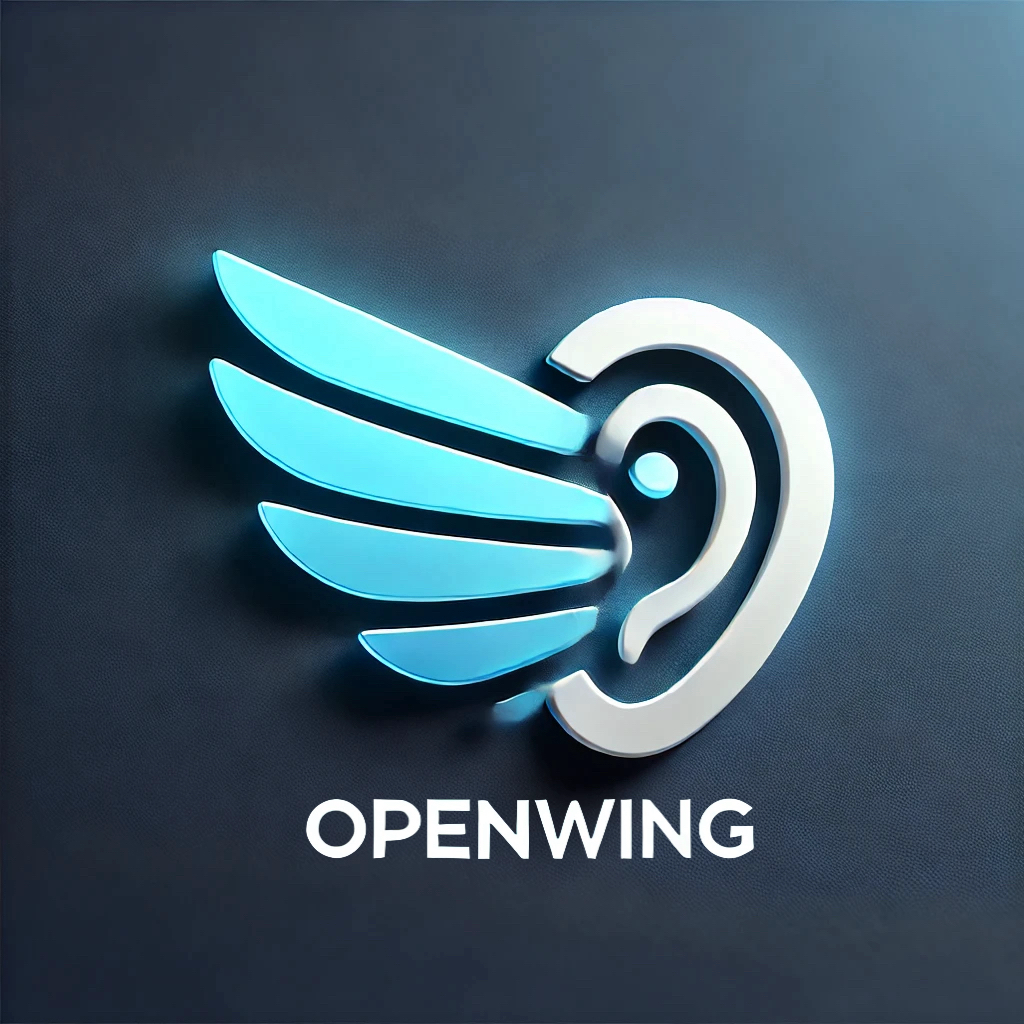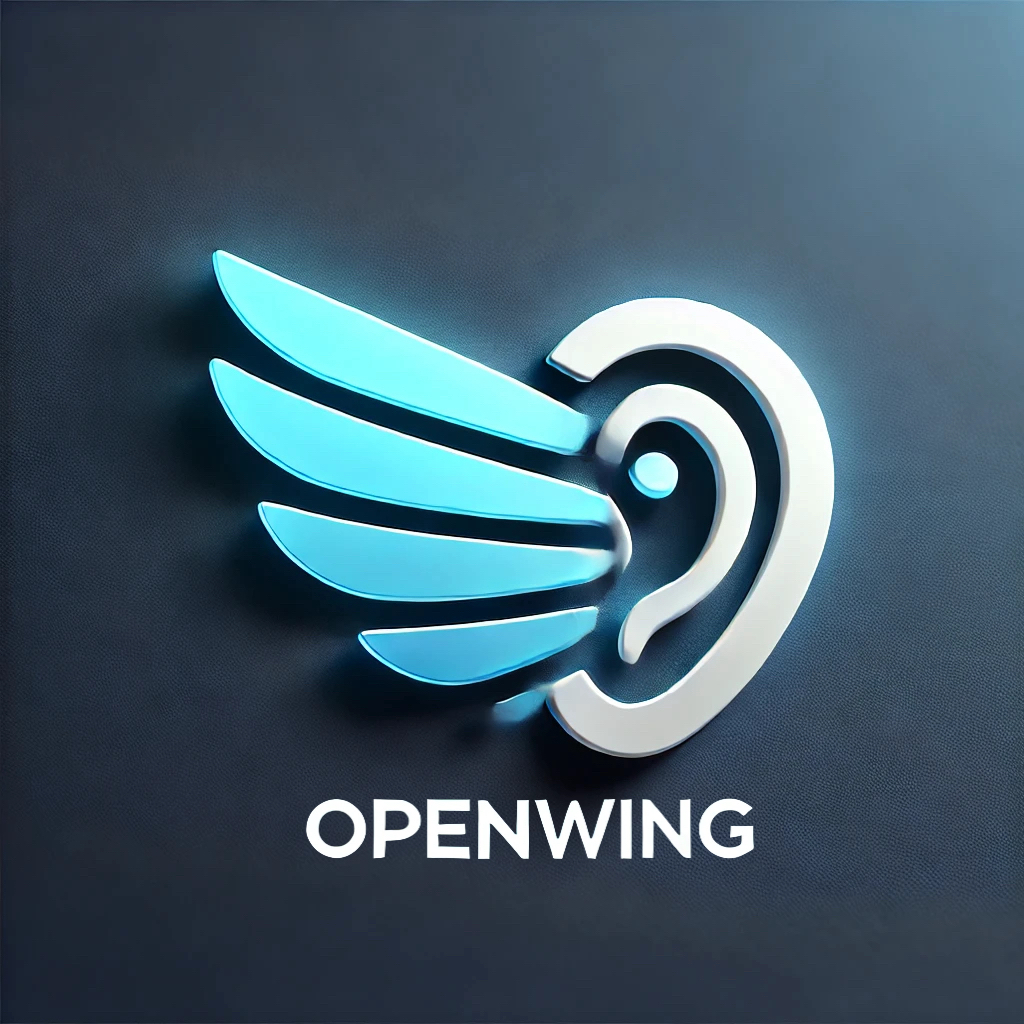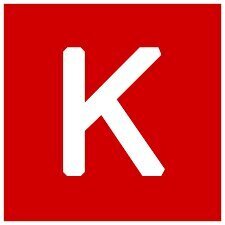Keras is a high-level neural networks API designed for ease of use and flexibility, primarily built on top of deep learning frameworks like TensorFlow, Theano, and CNTK. It provides a user-friendly interface for building and training deep learning models, making it accessible for both beginners and experienced practitioners.
Key Features
-
User-Friendly API: Keras simplifies the process of creating deep learning models through its intuitive API. Users can define models using either the Sequential or Functional API, allowing for a range of architectures from simple feedforward networks to complex multi-input and multi-output models.
-
Layer Variety: Keras offers a wide array of pre-built layers, including convolutional, recurrent, and dense layers, which can be easily integrated into models. This flexibility allows users to tailor their models to specific tasks, such as image classification or natural language processing.
-
Model Training and Evaluation: The framework includes built-in methods for compiling, training, and evaluating models. Users can monitor performance metrics during training, such as accuracy and loss, and utilize callbacks for functionalities like early stopping and model checkpointing.
-
Integration with Other Libraries: Keras can seamlessly integrate with other libraries and frameworks, allowing users to leverage the strengths of different tools. For instance, it can run on top of TensorFlow, making it compatible with TensorFlow’s extensive ecosystem.
-
Extensive Documentation and Community Support: Keras is well-documented, with numerous tutorials and examples available, making it easier for users to get started. The active community contributes to a wealth of resources, including forums and GitHub repositories.
Example Code
Here’s a simple example of building a neural network with Keras:
“`python
import numpy as np
from keras.models import Sequential
from keras.layers import Dense, InputLayer
Prepare a dataset
features = np.random.random((1000, 10))
labels = np.random.randint(2, size=(1000, 1))
Create a model
model = Sequential([
InputLayer(input_shape=(10,)),
Dense(20, activation=’relu’),
Dense(1, activation=’sigmoid’)
])
Compile the model
model.compile(optimizer=’adam’, loss=’binary_crossentropy’, metrics=[‘accuracy’])
Train the model
model.fit(features, labels, epochs=2, batch_size=10)
Run predictions
predictions = model.predict(features)
“`
Keras continues to evolve, with the latest version, Keras 3, supporting interoperability with other frameworks like JAX and PyTorch, thereby expanding its usability across different machine learning environments[1][4][5].
Further Reading
1. Introduction to Keras for engineers
2. A Gentle Introduction to Using R Markdown – MachineLearningMastery.com
3. keras-io/README.md at master · keras-team/keras-io · GitHub
4. Introduction to Keras
5. keras-tutorial/README.md at master · fractus-io/keras-tutorial · GitHub
Description:
A high-level API for deep learning models, often used with TensorFlow.
IoT Scenes:
Object detection, Classification tasks, Time-series analysis, Health monitoring
IoT Feasibility:
High: Simplifies model building, integrates well with TensorFlow for IoT solutions.


